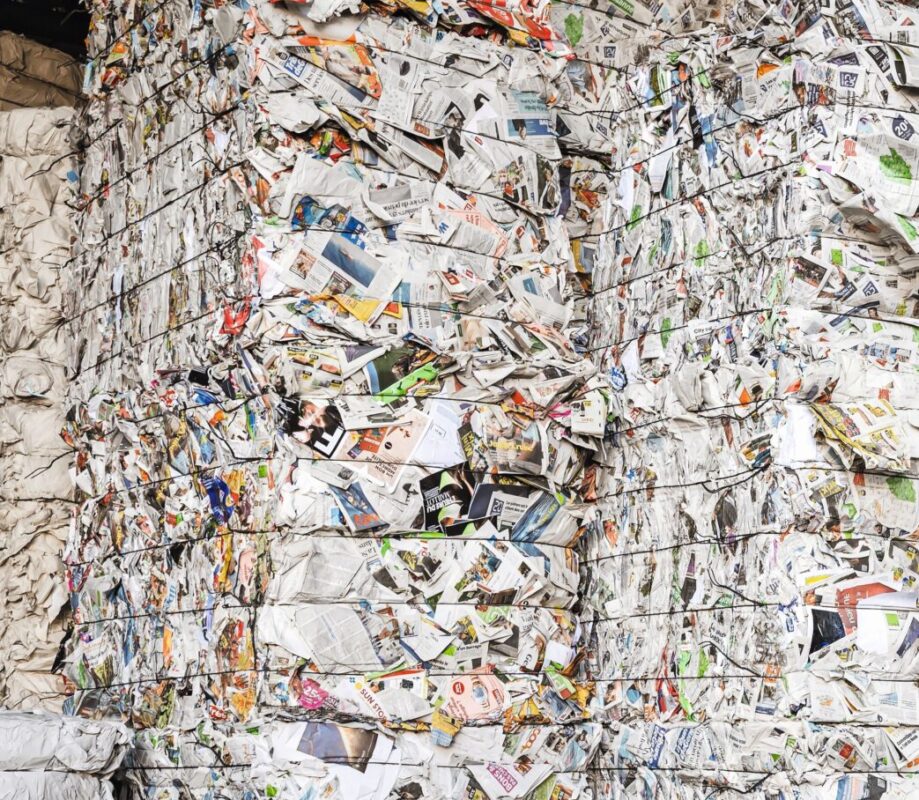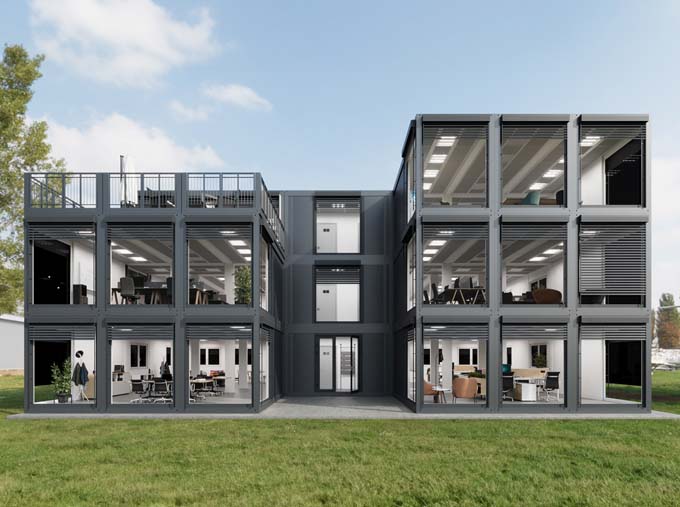Electricity consumption stable despite cold winter
More heating days, population growth and economic growth: Nevertheless, electricity consumption in Switzerland remained stable in 2016 compared to the previous year.

The national consumption of electricity in Switzerland was 62.6 billion kWh in 2016. After deducting transmission and distribution losses of 4.4 billion kWh, electricity consumption was 58.239 billion kWh. This is 0.01% or 7 million kWh less than in 2015 (58.246 billion kWh). Year-on-year changes were -1.2% in the first, +1.0% in the second, -2.8% in the third and +2.8% in the fourth quarter of 2016.
Although important influencing factors (see below) had the effect of increasing consumption, electricity consumption in Switzerland remained stable because these were offset by efficiency improvements:
- Economic development: Gross domestic product (GDP) increased by 1.3% in 2016 according to the first provisional results (source: State Secretariat for Economic Affairs, SECO).
- Population development: The population of Switzerland increased by 1.1% in 2016, according to the provisional results of the Swiss Federal Statistical Office (SFSO) of April 6, 2017.
- Weather: In 2016, heating degree days increased by 6.7% compared to the previous year (see table in the appendix). Since in Switzerland around 10% of electricity consumption is used for heating, this development has a slightly consumption-increasing effect.
The annual ex-post analyses of energy consumption will be able to provide further information on the determinants of electricity consumption development (publication in October 2017).
Domestic electricity production 2016
Electricity production (national generation) decreased by 6.6% to 61.6 billion kWh in 2016 (2015: 66.0 billion kWh). After deducting the consumption of storage pumps of 2.9 billion kWh, the net generation was 58.7 billion kWh. In the third quarter, the country's generation was higher than the previous year (+0.7%), but in the first (-10.6%), second (-1.3%) and fourth quarters (-16.4%) it was lower than the corresponding figures for the previous year.
The hydropower plants (run-of-river and storage power plants) produced 8.0% less electricity than in the previous year (run-of-river power plants - 0.1%, storage power plants - 13.7%). In summer 2016, the production of hydropower plants decreased by 2.4% compared to the previous year (run-of-river plants + 1.4%, storage power plants - 6.2%), in the two winter quarters by 15.4% (run-of-river plants - 3.2% resp. storage power plants - 21.2%).
Electricity production by Swiss nuclear power plants fell by 8.4% to 20.2 billion kWh (2015: 22.1 billion kWh). Despite the production record of the Gösgen nuclear power plant, this is mainly due to extraordinary outages of the Beznau I nuclear power plant (all year) and the Leibstadt nuclear power plant (September to December). In 2016, the availability of the Swiss nuclear power plant fleet was 69.4% (2015: 76.0%).
Hydroelectric plants accounted for 59.0%, nuclear plants for 32.8%, and conventional-thermal and renewable plants for 8.2% of the total electricity production.
Import surplus in 2016
With imports of 38.0 billion kWh and exports of 34.1 billion kWh, there was an import surplus of 3.9 billion kWh in 2016 (2015: export surplus of 1.0 billion kWh). In the first and fourth quarters (winter quarters), Switzerland imported a net 8.2 billion kWh (2015: 3.3 billion kWh), while in the second and third quarters it exported a net 4.3 billion kWh, as in the previous year.
Revenue from electricity exports amounted to 1,387 million Swiss francs (4.09 Rp./kWh). Expenditure on imports amounted to CHF 1,532 million (4.04 cents per kWh). As a result, Switzerland recorded a negative foreign trade balance of CHF 145 million for the first time in 2016 (2015: positive foreign trade balance of CHF 234 million).
Source: SFOE









